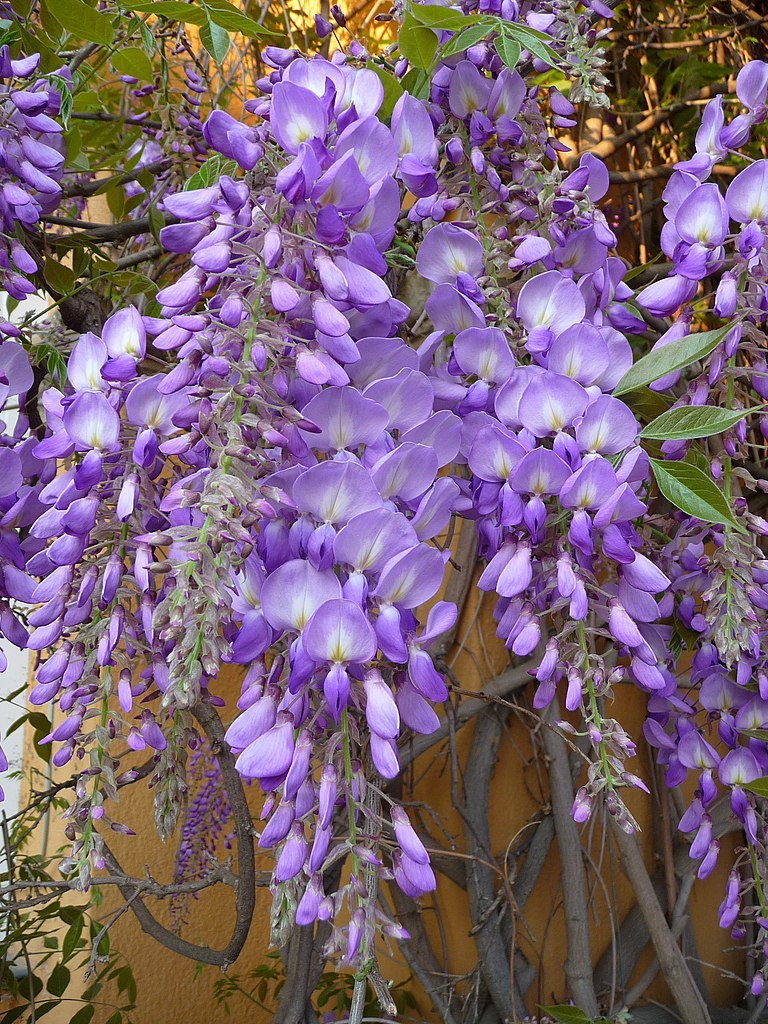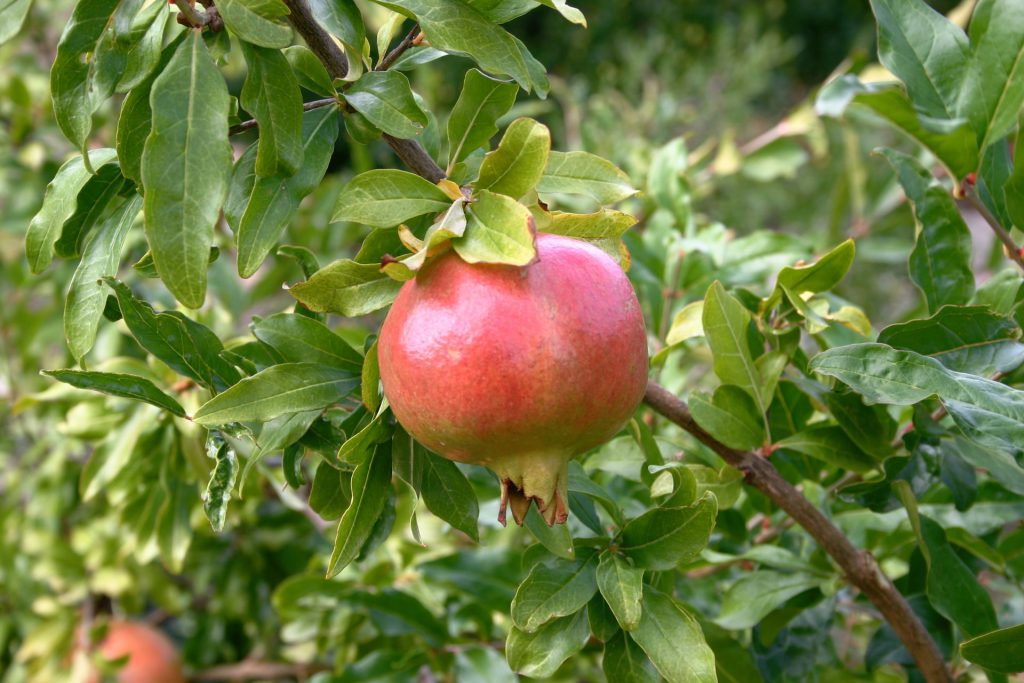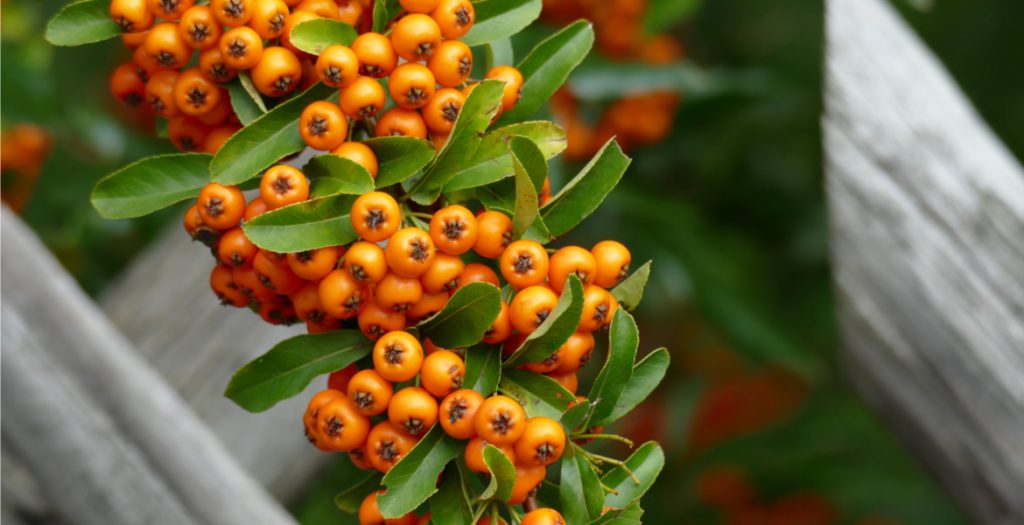Wisteria is a deciduous, climbing shrub, bearing beautiful pendants of scented flowers in May or June. There are many species of wisteria but the two most commonly grown in the UK are Wisteria sinensis and Wisteria floribunda. Wisteria sinensis grows in an anticlockwise direction and Wisteria floribunda grows in a clockwise direction.
Wisteria plants have incredibly strong and woody stems and, in time, the trunks can become as thick as small tree trunks – it’s not a climbing plant for a delicate trellis. Wisteria also offers valuable autumn colour and attractive pea-like seed pods.
The most important factor to consider when growing wisteria is location. Wisteria is a twining vine that requires sturdy support and regular pruning to keep it under control. Open areas surrounded by lawns that can be easily mowed are ideal for growing wisteria.
Alternatively you can grow wisteria plants against a sturdy wall, such as up the front of a house, in moist but well-drained soil, ideally in a south or west-facing direction. Prune in February and again in August. Feed with a high potash fertiliser in spring to encourage flowers.
How to plant wisteria
Plant wisteria in spring or autumn. Prepare the soil well to ensure a good root run, and plant at the same level as it was in the original pot and water in well. Tie the stems in to galvanised wires fixed horizontally along the wall, as you would an espalier fruit tree. If growing up a pergola, remove all but one stem and tie this to the post.
How to plant wisteria in a pot
Wisterias can be grown in pots but you’ll need to feed them regularly as they are hungry plants. Only go for this option if training your wisteria plant as a standard. Choose the largest pot you have space for and use a good tree and shrub compost. Plant at the same level as it was in the original pot and water in well.
How to care for wisteria
Wisteria is a hungry plant. Feed monthly with a high potash fertiliser during the growing season, to encourage more flowers to bloom. Water and feed pot-grown wisterias weekly. In autumn, mulch with organic matter such as well-rotted horse manure or home-made compost.
How and when to prune wisteria
Prune wisteria twice a year, in August and February. For the first few years give your attention to training the plant into the support. This involves pruning very low branches out, training in strong side shoots and cutting back side shoots to five buds in early August.
How to prune wisteria in summer
Summer-pruning wisteria encourages the development of short-flowering spurs that will carry the blooms in spring.
Cut the long vigorous shoots back to a couple of buds from the base of the current season’s growth.
For young plants (less than three years old), select a few strong shoots to tie into wires or trellis.
On older wisterias, simply prune side shoots back to your framework of strong shoots.
How to prune wisteria plants in winter
By pruning in winter as well as summer, you will encourage the development of short spurs that carry the flowers in spring. Do this any time in the dormant season – late October to March.
Tie in new growth to extend the main framework over its support.
Cut remaining long stems back hard.
Wisteria is a deciduous plant so with the first cold weather it will start shedding its leaves. In the winter, you will be left with a cluster of wooden branches that will look nothing like the lush plant you saw all summer. Don’t prune it in the fall or winter, though. It is better to prune in the spring, just before flowering and after the buds have already formed, so that you can see exactly what you are cutting since before the buds appear all its branches look dry.
A practical pruning guideline that will help you keep the plant under control and also give it a neat shape is to keep the thicker branches coming off the main stem and tie them horizontally, as shown in the figure. Leave about 10-15 cm of bare trunk (cutting off all the small branches that appear in this space) until the next branches, which should also be tied horizontally. Also, always remove any small offshoots growing in the soil right next to the trunk so that the plant can channel its energy into growing the large branches.
Greek name: Γλισίνια (Γουϊστέρια).
Sources: https://www.valentine.gr/wisteria_gr.php, https://www.gardeningknowhow.com/ornamental/vines/wisteria/growing-wisteria-proper-wisteria-vine-care.htm, https://www.gardenersworld.com/how-to/grow-plants/how-to-grow-wisteria/





